LUFT Duo USB Portable Filterless Air Purifier | Dual Photocatalyst Technology
LUFT Duo USB Portable Filterless Air Purifier | Dual Photocatalyst Technology
Free Shipping via FedEx. Secure Payments by PayPal.
Couldn't load pickup availability
- LUFT Duo purifies the air with SPP nanotech: dual photocatalysts + ion dust collection without the need for consumable HEPA filters.
- Ultra portability, powered by USB type C, suitable for allergies, office, car, hotel, bedroom, rented small spaces, home, etc.
- Effectively neutralizes 99.9% of air pollutants and allergens, including PM2.5, dust mites, bacteria, viruses, formaldehyde, VOCs, smoke, pathogens, aerogels, pet odors, etc.
- Purification performance has been independently verified by third-party labs.
- Eco-friendly antibacterial metal filter that can be easily cleaned with water.
- Minimalistic design with touch control
- Lightweight and compact at 250g
- Offers different fan speed settings for maximum performance and quieter operation, low energy consumption
- 100% Made in Taiwan, recipient of two Taiwan Excellence Awards and CES2020 Innovation Award
LUFTQI – Portable Air Purification from Taiwan
LUFTQI is a renowned air purification brand from Taiwan, specializing in innovative photocatalytic purification technology. The brand name blends the German word “Luft” (air) and the Chinese word “氣” (qi, meaning energy), embracing the philosophy of “Minimal design, creative living.”
LUFTQI's current product line includes three portable, filter-free personal air purifiers. Due to their exceptional design and technology, LUFTQI products have received multiple Taiwan Excellence Awards: LUFT Cube won both the Taiwan Excellence Award and CES Innovation Award in 2020; LUFT Duo stood out in the 29th Taiwan Excellence Award in 2021 and simultaneously received SNQ anti-epidemic product certification; the newest LUFT Mask once again earned the brand a Taiwan Excellence Award in 2025, demonstrating the brand's continuous improvement and commitment to excellence.
Share






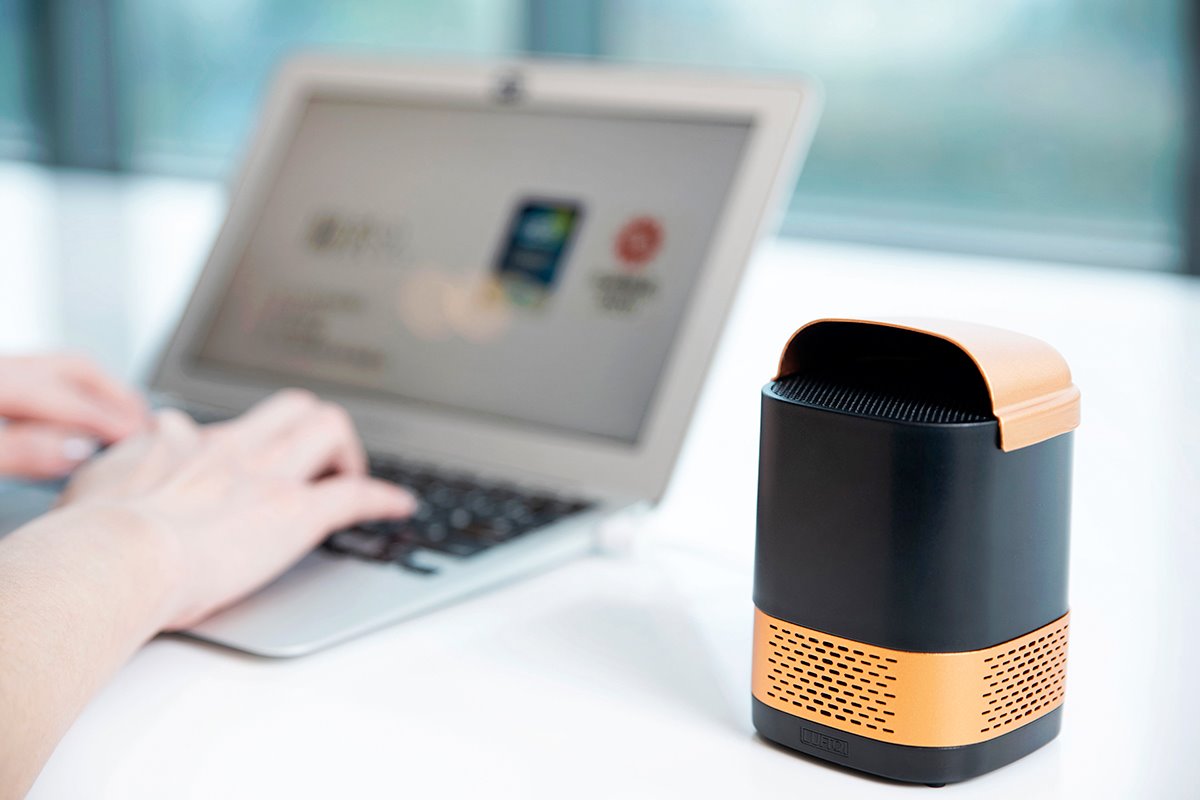





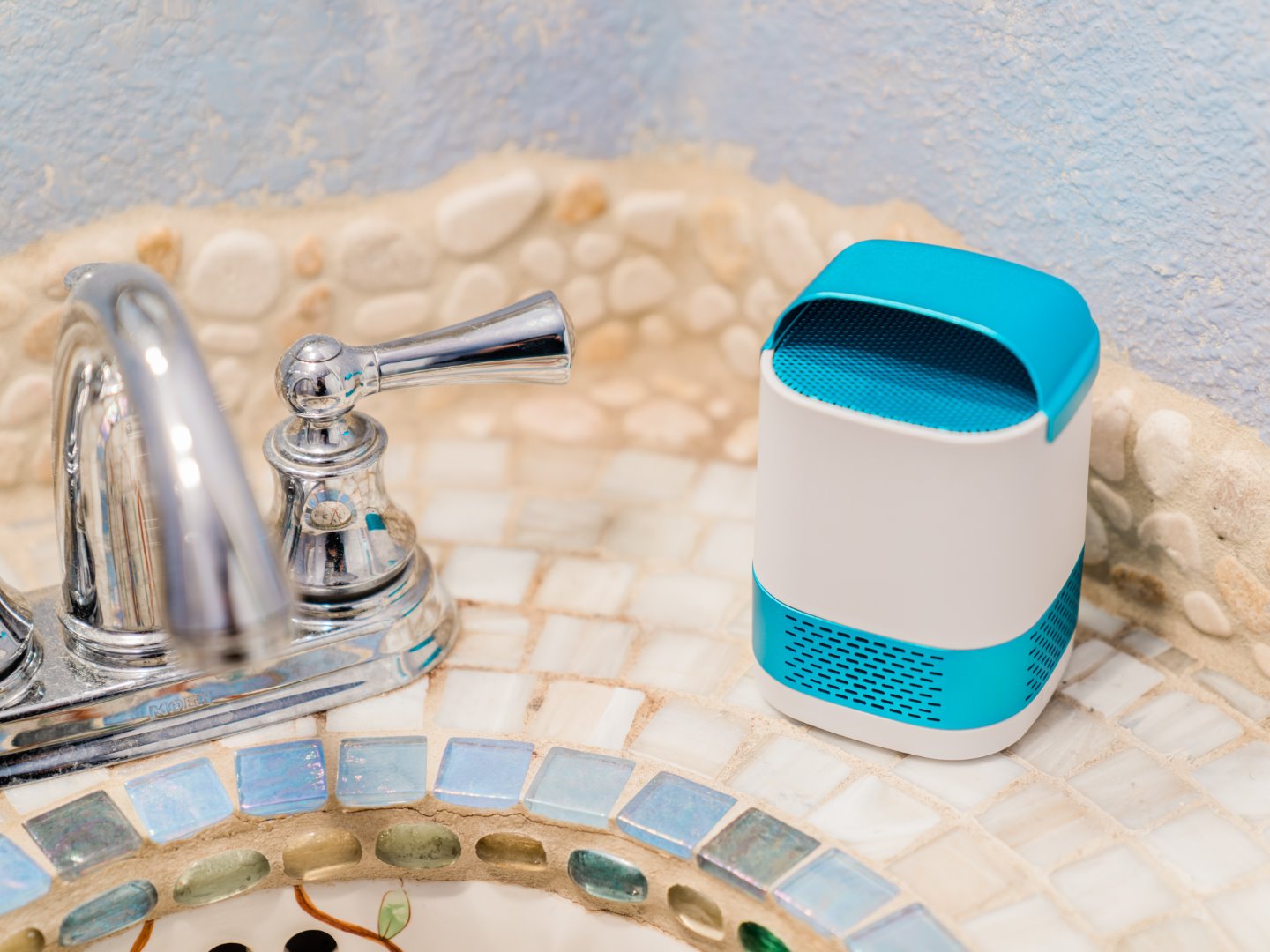
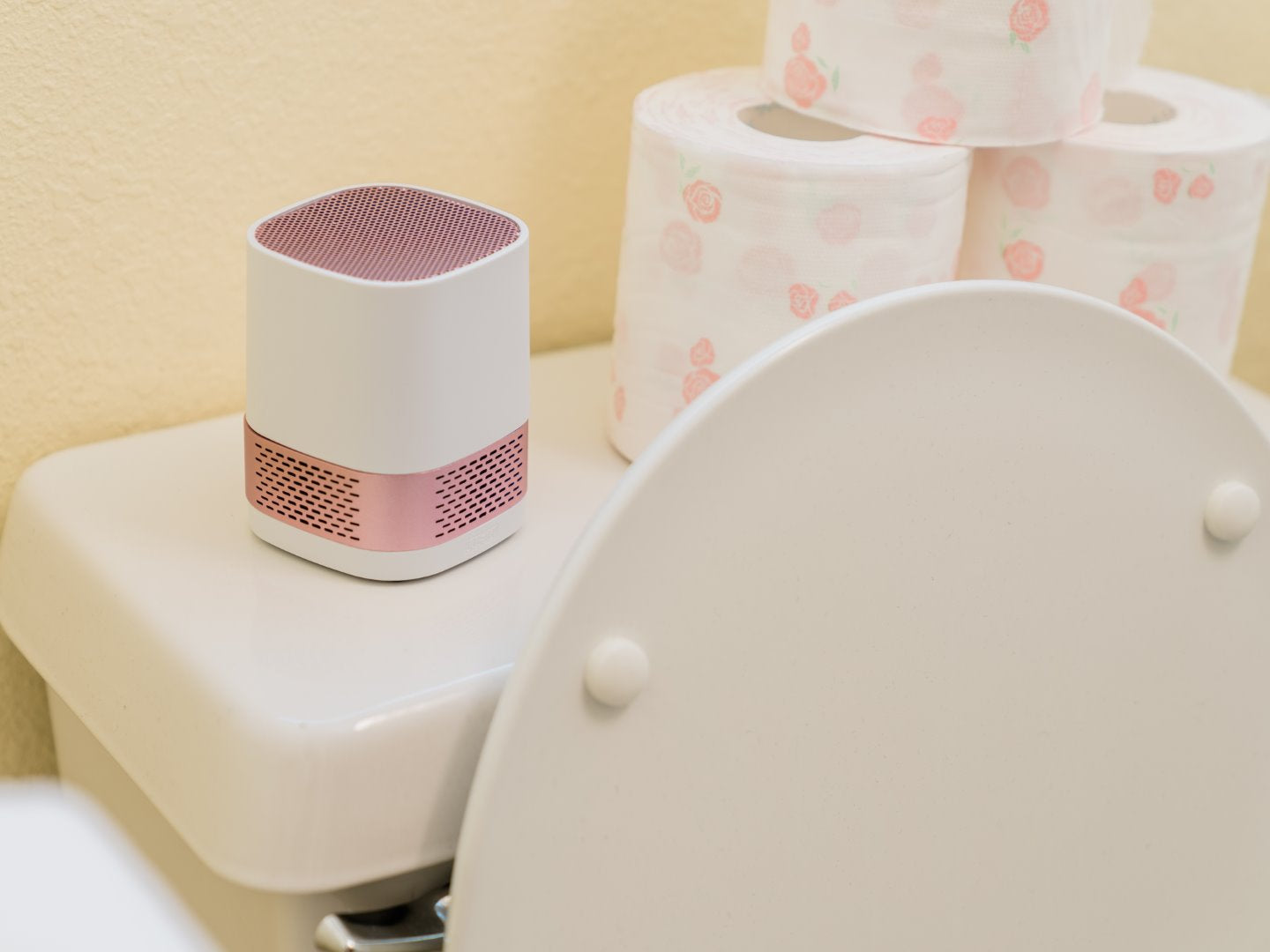



Breathe Clean and Fresh Air, Anywhere Anytime
The LUFTQI LUFT Duo is a personal USB air purifier that uses dual-effect nano photocatalyst technology combined with ion dust collection to not just filter, but truly decompose harmful substances. Winner of the Taiwan Excellence Award 2021 and SNQ Epidemic Prevention Certification, this ozone-free device ensures complete safety.
Weighing only 250g, it's perfectly portable and powered via USB-C, making it convenient for use in offices, vehicles, or homes. The purifier features a medical-grade stainless steel antibacterial filter that can be washed and reused, eliminating the need for replacement materials.
With three-speed settings and operating noise below 30 decibels, it's suitable for spaces up to 160 square feet. Using patented SPP technology, the LUFT Duo effectively combats PM2.5 particles, formaldehyde, odors, and 99.9% of bacteria and viruses, protecting your respiratory health.

Dual SPP Nanotech + ION Dust Collection
Photocatalytic technology has been widely used in disinfecting and sterilizing air conditioning ducts in medical institutions. LUFTQI is the first to miniaturize it into a small air purifier (SPP Nanotech).
SPP Nanotech can neutralize and decompose various indoor air pollutants, including volatile organic compounds, toxic chemicals, mold spores, unpleasant odors, smoke particles, germs, viruses, etc. The UV-LED inside LUFT Duo activates the nano-reactor, then Super Oxygen Substances and Super Free Radicals form on the photocatalyst’s surface, disintegrating pollutants into harmless molecules.
The more compact LUFT Cube uses TiO2(Titanium Oxide) photocatalyst only. LUFT Duo adopts the TiO2 and ZnO-Ag(Zinc Oxide) combination, boosting bacteria-killing performance by 34% and formaldehyde neutralization by 103%.
LUFT Duo further includes the negative ion generator. The negative ions charge particles as small as 0.1 um, causing them to adhere to the metal filter through electrostatic attraction and achieving better PM2.5 dust collecting.

How does LUFT compare to HEPA air purifiers?
LUFT air purifier neutralizes epidemic aerogels and pathogens. HEPA merely traps them. When HEPA filters reach the capacity, they can no longer trap new particles, rendering the purifier ineffective.
LUFT decomposes VOCs like formaldehyde, viruses, and odors. These pollutants are too small for HEPA models to address.
In addition, the internal UV light irradiation prevents the continuous growth of bacteria and molds inside LUFT, avoiding the unpleasant odors commonly experienced with HEPA models after prolonged use.
The compact size of LUFT won't occupy valuable floor space like large HEPA purifiers. Without the need for frequent check-ups or filter replacements, LUFT is more cost-effective and eco-friendly. LUFT proves that bigger isn't always better.

Verified by 3rd-Party Laboratories
LUFT air purifiers are CE, KC and FCC Certified.
Field test in the bronchoscopy room of the hospital shows that formaldehyde levels decreased by 50%, bacterial count reduced by 42%, and environmental bacteria reduced by 60%. The odor smell has also been improved.
Animal allergen test shows the allergic reaction was reduced by 40%. The inducing allergens used for the test: Japanese cedar pollen and diesel engine particles.
Tests at third-party labs, including SGS and Superlab prove LUFT to decompose and destroy harmful substances in the air effectively, including PM2.5, Ammonia, formaldehyde, ozone, Aspergillus niger, Staphylococcus aureus, Escherichia coli, Streptococcus pneumonia, Legionella pneumophila, Feline coronavirus.
Zero ozone emission and 99.9% inhibition rate for common bacteria. Unlike some purifiers that emit ozone, causing respiratory discomfort, enjoy cleaner and safer air with LUFT.

USB Powered, Touch Control
LUFT adopts the USB-powered design, allowing the air purifier to be used anywhere with a USB power source, such as laptops, power banks, or car USB ports. No extra bulky adapter is needed. It also means no consumable batteries in LUFT and no recurring costs and environmental wastes for battery replacement. With USB powered design, the LUFT air purifier is easy to use in vehicles, providing clean air during commutes.
The touch control is very easy to use. Connect LUFT Duo to the USB port and touch the on/off button, and LUFT Duo activates in the first gear (L1) night sleep mode. In this mode, LUFT Duo operates at lower than 25dB with lower brightness. touch again to switch to the second gear (L2) day mode, and a third touch to switch to the third gear (L3) full-speed purification mode. A fourth touch turns the unit off. Simple as that.

Easy-to-Clean Mesh
An easy-to-clean anti-bacterial metal mesh allows for simple and hassle-free maintenance. This results in a longer product lifespan and optimum air purifying performance. It also saves users time and effort.
-
Specification
Material: ABS/Aluminum
Dimension: L77xW77xH98(mm)
Weight: 250g
Input Power: 5V / 1A
Power Consumption: 5W
Noise: < 30 dB
Applying Space: < 20m2 ( 200ft²)
Fan Speed Settings: 3 Speeds -
There are so many small air purifiers, what's special about LUFT?
Over 90% of small air purifiers on the market are of the negative ion type. They are popular due to their compact size and cost-effectiveness. However, their effectiveness in truly purifying the air has been a topic of debate. The main principle behind negative ion air purifiers is that they release a stream of negative ions into the air, which then bond with positively charged particles such as dust, pollen, smoke, and other allergens, forming larger particles.
While this process sounds promising, it has a significant drawback. The negative ion purifiers do not eliminate these larger particles; instead, they fall onto the surfaces around the purifier, such as walls, ceilings, and furniture, due to their increased weight. This phenomenon is often referred to as the "Black Wall Effect".
While the air may appear cleaner because these particles are no longer suspended in it, they are still present in the environment and can be stirred back into the air with any disturbance, like walking by or turning on a fan. This process could potentially lead to secondary pollution.
Since the range of negative ion emission is limited, most of them cover only about 20 cm around the device. As a result, you'll notice a lot of dust accumulation around the device. These fallen particles create a layer of dust around the device, requiring regular cleaning of the surrounding areas. Hence, negative ion purifiers are not truly cleaning the air but merely displacing particles.
In contrast, LUFTQI utilizes Photocatalytic Oxidation to provide genuine air purification, capturing and neutralizing harmful particles in the air. With the Duo model, LUFTQI further utilizes the bonding characteristics of negative ions to create an excellent dust collection design. Through the use of an intake fan, the dust is concentrated and properly contained within the machine itself. -
How to prove that the product is effective against pathogens, germs, molds and even viruses?
Since the advent of photocatalytic technology, it has been commonly used in the air conditioning ducts of medical institutions as a sterilization technique.
LUFTQI is the first to miniaturize this photocatalytic purification technology into a small air purifier. Since beginning product development, LUFTQI has invested substantial resources in conducting various pathogens elimination tests through third-party testing institutions, such as SGS and SuperLab.
As for the coronavirus that caused the pandemic, LUFTQI also commissioned a well-known domestic scholar who studies bat coronaviruses to verify the effectiveness of SPP Nanotech in neutralizing the coronavirus. Due to biosafety considerations and regulations, the test was conducted using feline coronaviruses. Since the characteristics of all coronaviruses are similar, the inactivation tests are proven effective.
The LUFTQI team collaborated with the Industrial Technology Research Institute in Taiwan to conduct field tests in a bronchoscopy room within a medical institution, verifying the efficacy of their device in eliminating various types of bacteria and odors in that setting.
In 2021, the LUFT Duo received the SNQ(Symbol of National Quality) epidemic prevention product certification, showcasing LUFTQI's robust capabilities. -
Is the ultraviolet light inside the product harmful to the human body?
LUFTQI uses a UVA LED light source to stimulate the photocatalyst. The design ensures that most UV light energy is contained within the reaction chamber. Any minor leakage of UV light undergoes multiple refractions, and the energy released is significantly lower than exposure to the summer sun for one minute. Thus, it will not pose any risk to human health. However, looking closely into the device with your eyes is not recommended.
-
What is the lifespan of LUFT air purifiers?
Theoretically, the photocatalyst does not deplete. However, in practical applications, the efficiency of the photocatalyst can be diminished by the numerous dust particles in the air that coat the photocatalyst's surface, thereby reducing its effectiveness over time.
LUFTQI has considered this in its design and optimized the system accordingly. The continuously rotating magnetic levitation fan is the main factor limiting the LUFT air purifier's lifespan. Its Mean Time Between Failures (MTBF) is designed for 40,000 hours If used 24/7, that is equal to 1667 days.
-
How often do you need to clean the metal filter? Is it true that no consumables needed?
LUFT air purifiers employ a stainless steel antibacterial filter. Depending on the air pollution conditions in your environment, it needs to be cleaned every one to three months! There's no need to replace consumables, eco-friendly and cost-effective.
*Please be noted that the machine body should not be rinsed directly with water. -
Why is LUFT helpful for allergies?
Allergy symptoms result from an overreaction by the human immune system to foreign environmental substances. Diluting the allergens that cause immune responses usually improves allergy symptoms.
LUFT uses the hydroxyl radicals and superoxide ions derived from the energy conversion of photocatalysts to break and degrade organic substances. For individuals sensitive to air quality, LUFT continuously degrades allergens in the air in areas where you spend a lot of time (such as sleeping areas, offices, cars, etc.). Delivering the purified air close to the respiratory system help people who suffer from allergies.
LUFTQI team has further cooperated with the laboratory of the Department of Biotechnology at Chung Yuan Christian University to conduct animal experiments to confirm: LUFTQI's experimental group improved the research results of asthma induced by 40% of allergens. -
Does LUFT need batteries to run?
Many people feel that small air purifiers should come with batteries. To clarify, none of the LUFT series include a battery and requires no charging. Therefore, when using LUFT air purifiers, you must plug them into an external USB power source (recommend 5V/2A or above) to keep them running. If you need to carry the air purifiers out, you can get portable power banks and use them together.
-
What kinds of odors can it handle?
Among various purification technologies, photocatalytic tech stands out for odor removal. LUFTQI's patented SPP Nanotech enables noticeable odor removal, which has been highly praised. If you have food smells, cigarette smoke, musty smells, cooking fumes, pet odors, etc., lingering in the space, LUFT can handle all of them.
We all have noses that are more sensitive than sensors. Run LUFT air purifiers in places with a strong smell, such as in a car, bathroom, or bedroom with stagnant air that has a musty or smoky smell for ten minutes, you will clearly feel the improvement of air quality. -
What sizes of spaces are LUFT air purifiers suitable for?
If you intend to use LUFTQI air purifiers for personal protection, LUFTQI is not restricted by space sizes. The LUFTQI product series was developed with the design concept of purifying the breathing environment around you. At close range,
the purified air in the nose and mouth respiratory space is 15 times greater than that of large remote purifiers.
Please refer to the data below and select based on your intended space size and type (such as car interior, desk area, bedside, personal seating area, small room, bathroom, closet, pet space, living room, dining room, meeting room, office, open kitchen, bedroom, etc.):
Product Model | Recommended Coverage Area | Application Examples
LUFT Cube | Approx. 10m2 / ~ 100 ft2
LUFT Duo | Approx. 20m2 / ~ 200 ft2
LUFT Mask | Approx. 27m2 / 260 ft2
For larger spaces, it is recommended to use multiple LUFT air purifiers to get optimal results.
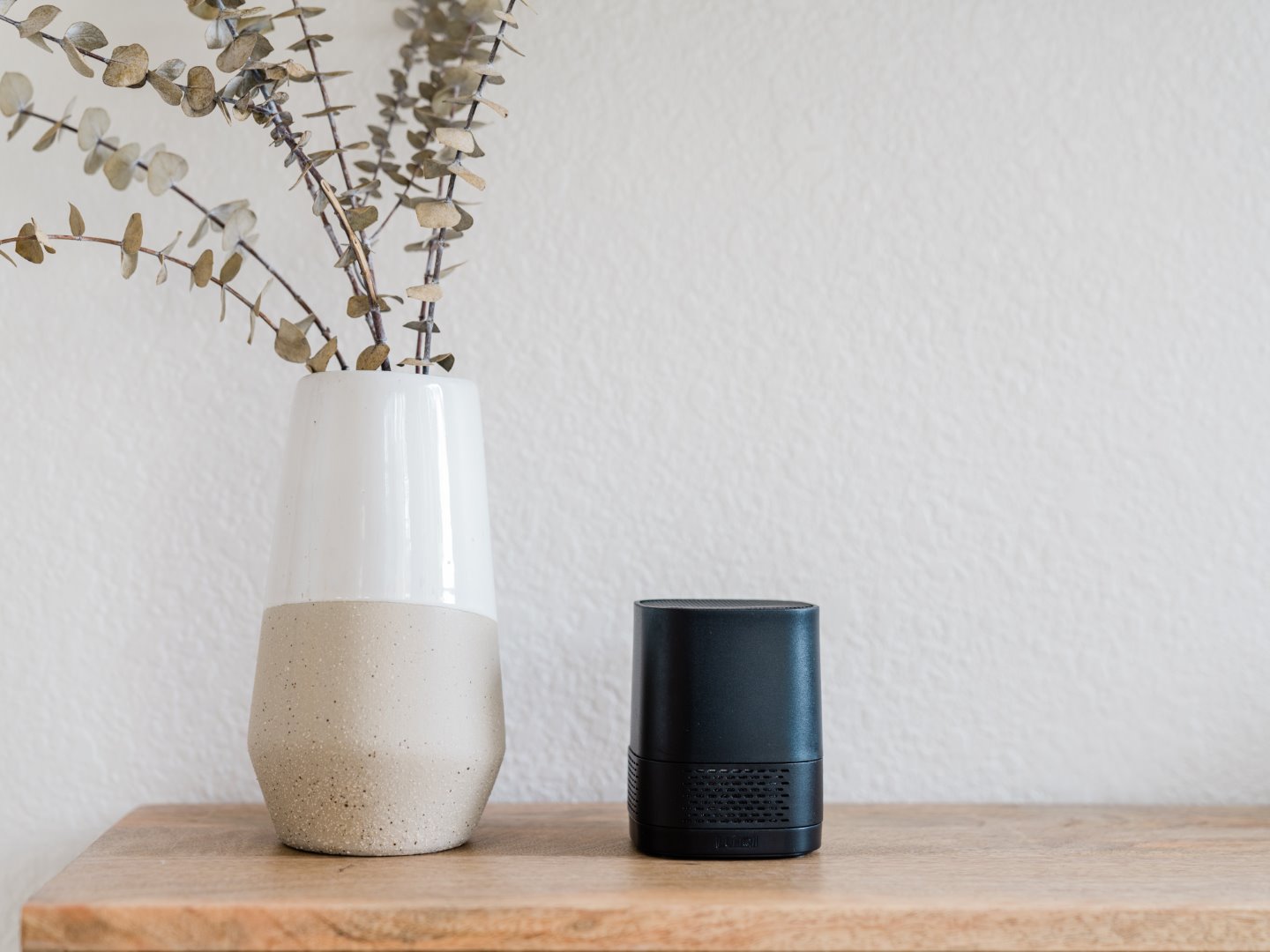



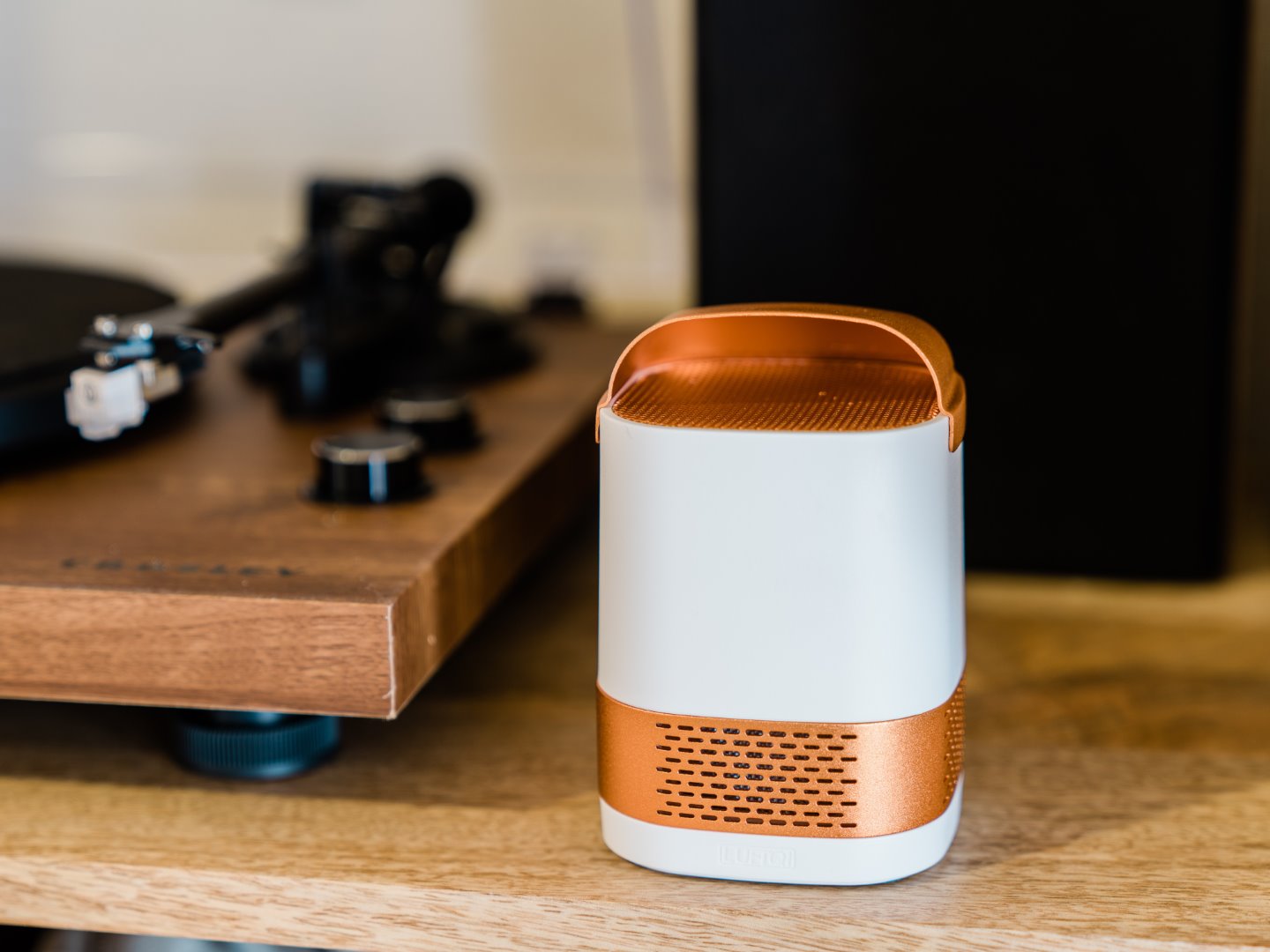


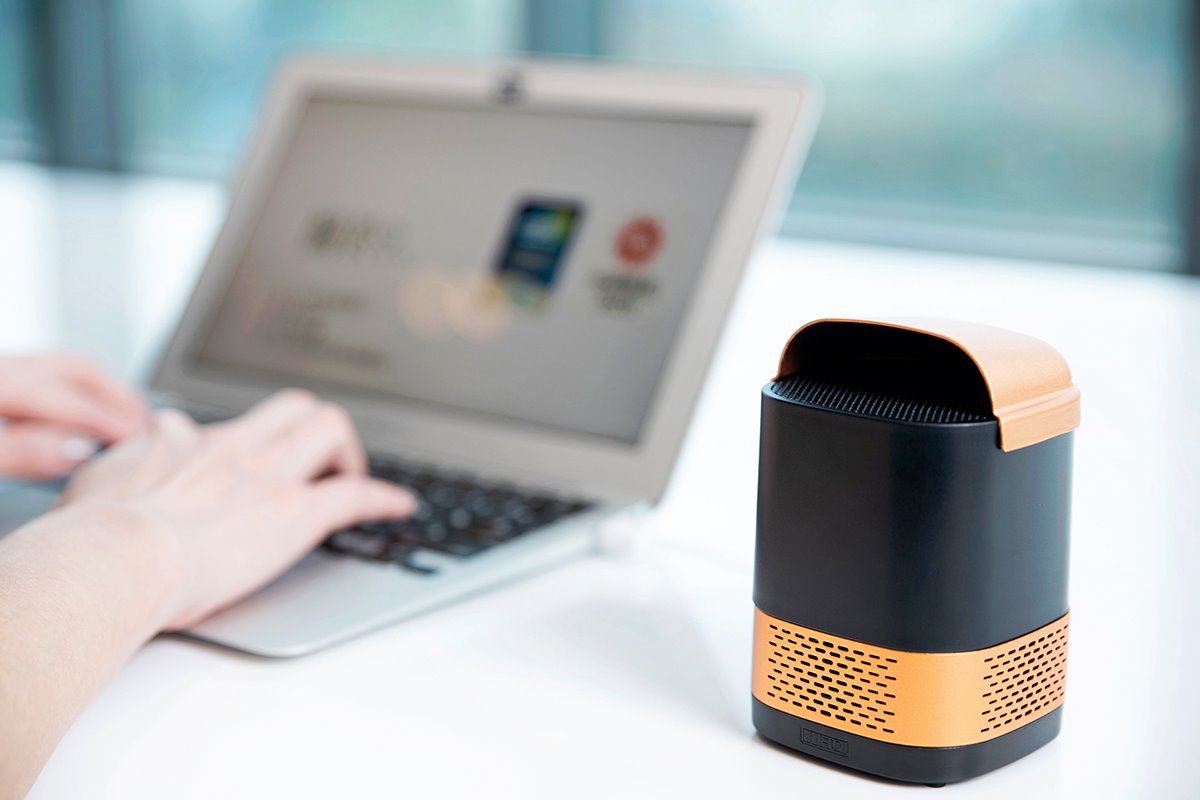
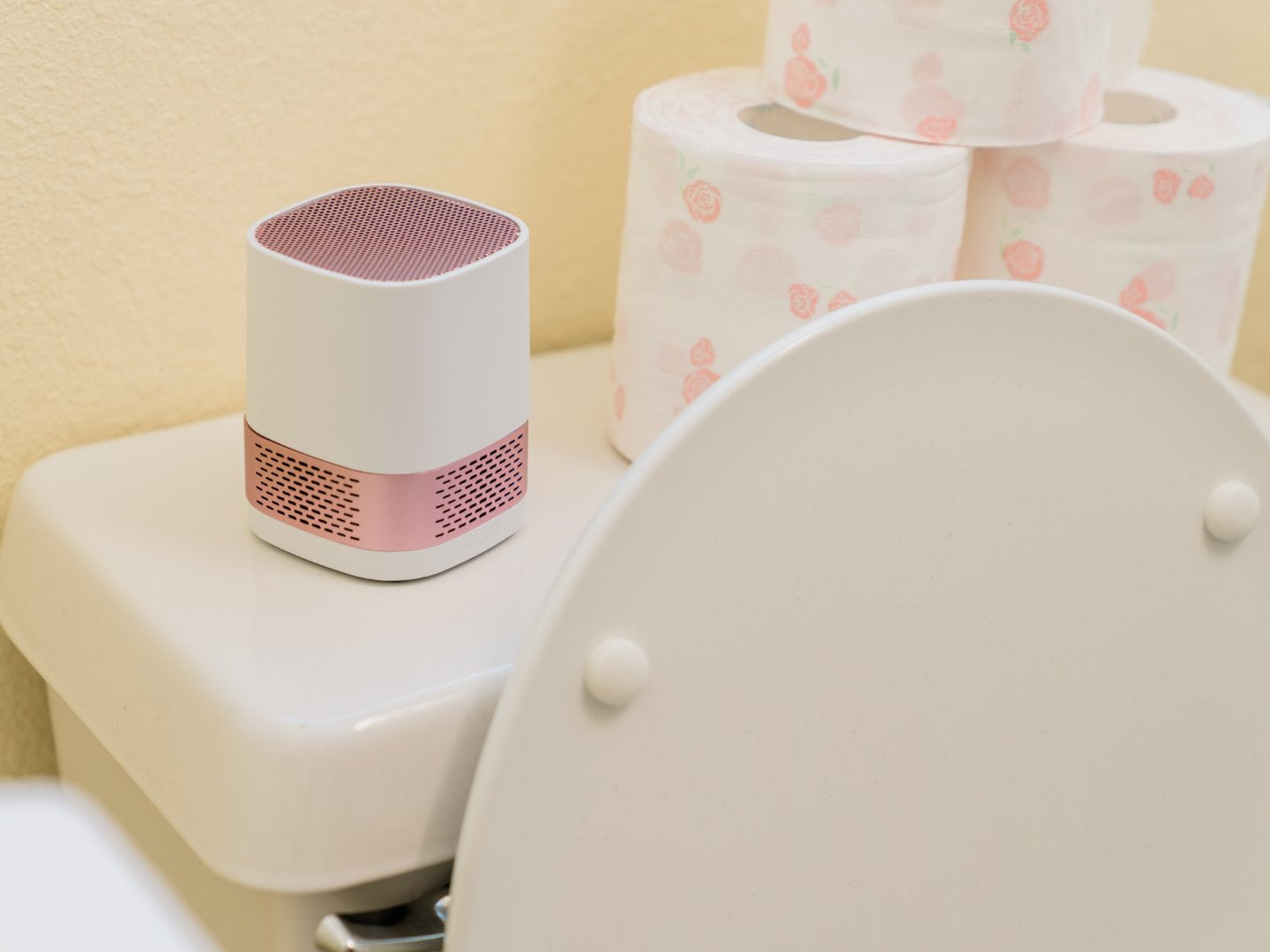






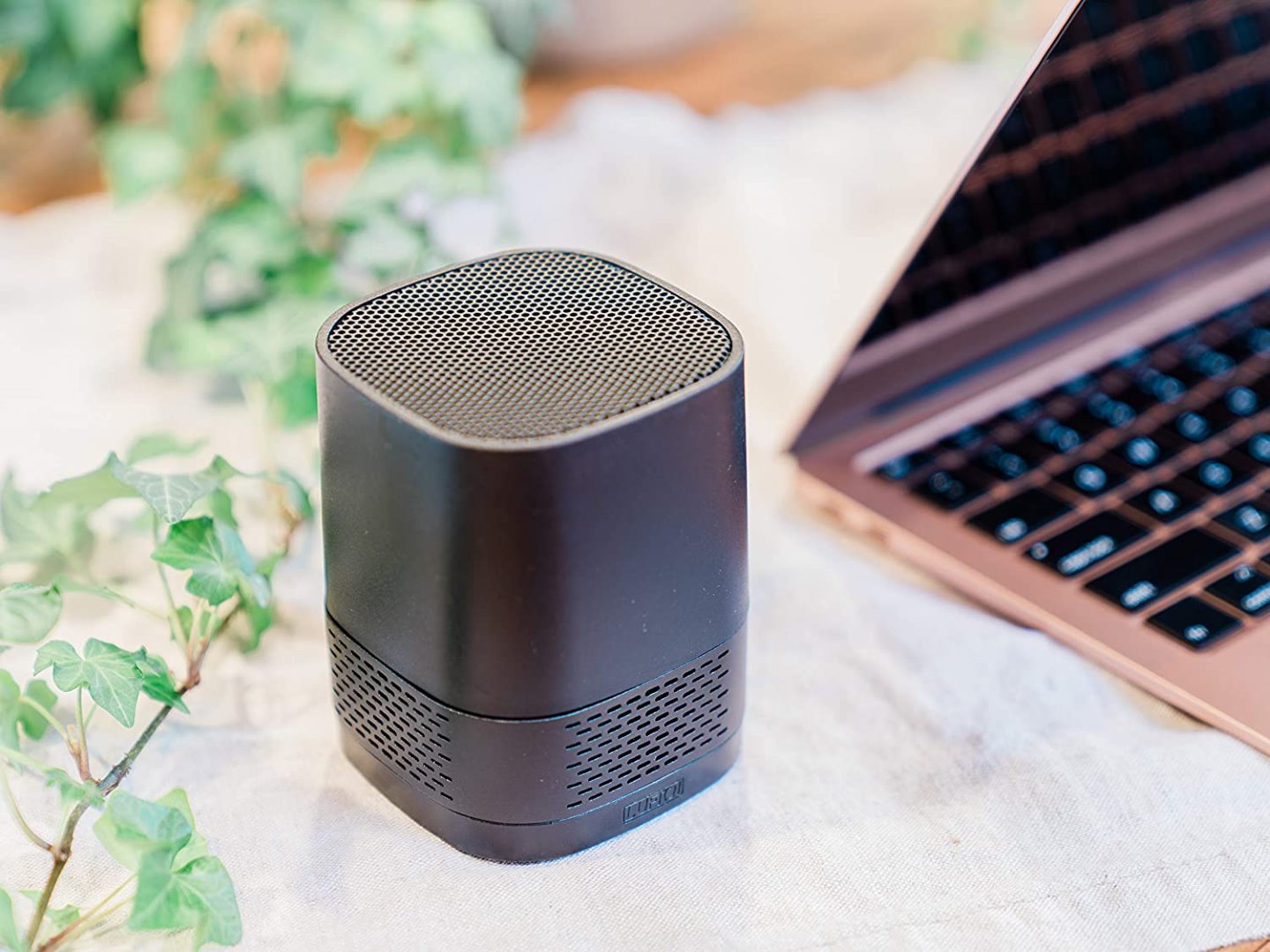
Bought it based on a friend’s recommendation—it's really convenient to use in the car!
It’s a tiny little device—looking forward to enjoying fresh, clean air!
Performance: To be observed
Value for Money: To be determined
Placed it in a damp, musty bathroom, and after about 30 minutes, the air felt noticeably fresher.
Installed it in the car, and it really got rid of the odors quickly!









